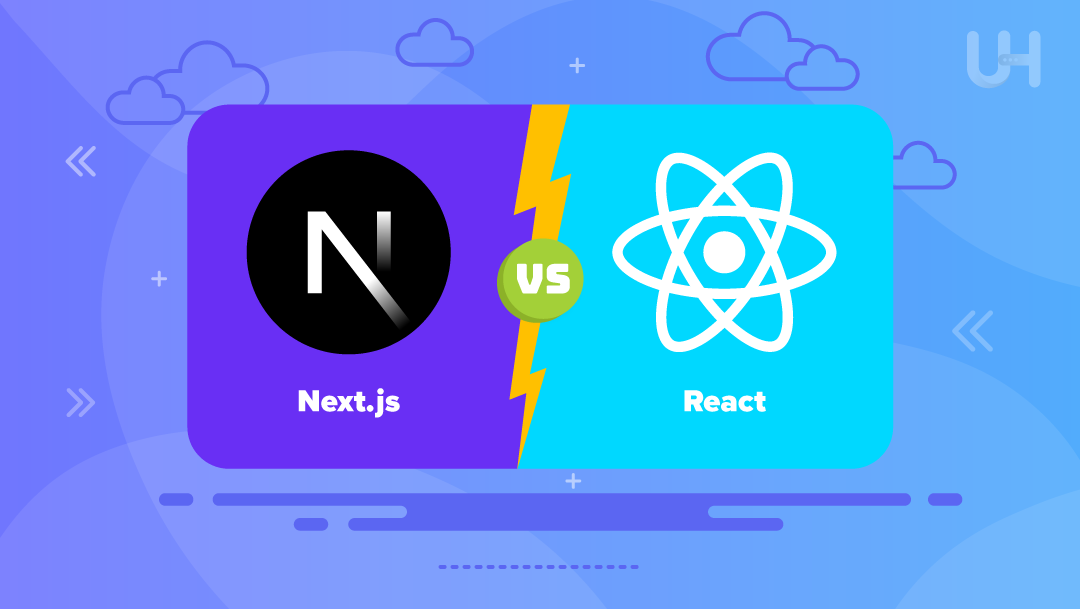The Future of Web Development: Trends to Watch in 2024
The Future of Web Development: Trends to Watch in 2024
The web development landscape is constantly evolving, with new technologies, frameworks, and methodologies emerging at a rapid pace. As we move through 2024, several key trends are reshaping how we build and experience the web. This article explores the most significant developments that web developers should be watching.
1. AI-Assisted Development
Artificial intelligence is transforming the development process itself:
Code Generation and Completion
AI tools like GitHub Copilot and similar services are becoming increasingly sophisticated:
// Example: AI might suggest this entire function based on just a comment // Function to validate email format function validateEmail(email) { const regex = /^[^s@]+@[^s@]+.[^s@]+$/; return regex.test(String(email).toLowerCase()); }
Automated Testing and Debugging
AI systems can now:
- Generate test cases based on code analysis
- Identify potential bugs before they reach production
- Suggest optimizations for performance bottlenecks
Design-to-Code Translation
New AI tools can convert design mockups directly into functional code:
- Translate Figma designs to React components
- Generate responsive layouts from simple wireframes
- Create animations from motion design specifications
2. WebAssembly (Wasm) Goes Mainstream
WebAssembly continues to expand the capabilities of web applications:
High-Performance Web Applications
WebAssembly enables near-native performance for web applications:
// Example: Rust code that can be compiled to WebAssembly #[no_mangle] pub fn fibonacci(n: i32) -> i32 { match n { 0 => 0, 1 => 1, _ => fibonacci(n - 1) + fibonacci(n - 2), } }
Language Diversity
WebAssembly opens the door to using multiple languages in web development:
- Rust for performance-critical components
- C/C++ for existing codebases
- Go for concurrent operations
- Python for data processing
3. Edge Computing and Serverless Architecture
The shift towards edge computing continues to accelerate:
- Reduced latency through distributed computing
- Improved scalability with serverless functions
- Enhanced security with edge-based processing
- Cost optimization through pay-per-use models
4. Progressive Web Apps (PWAs) Evolution
PWAs are becoming more powerful and feature-rich:
- Offline-first capabilities
- Push notifications
- Background sync
- Hardware access (camera, sensors, etc.)
5. Web3 and Decentralized Applications
The web is moving towards decentralization:
- Blockchain integration
- Smart contracts
- Decentralized storage
- Token-based authentication
Conclusion
The future of web development in 2024 is marked by rapid innovation and the convergence of multiple technologies. Developers who stay informed about these trends and adapt their skills accordingly will be well-positioned to create the next generation of web applications.
Remember that while new technologies are exciting, the fundamentals of good web development—accessibility, performance, and user experience—remain as important as ever.
